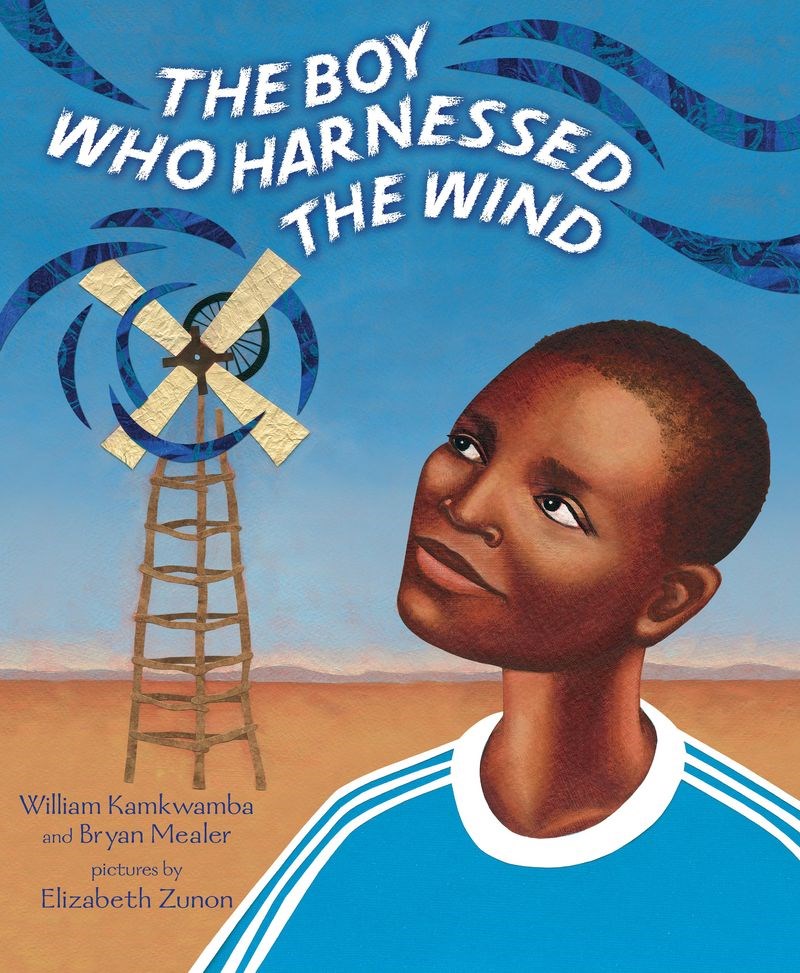
William was born in Malawi, a former British colony in Southeastern Africa.
He, his parents and siblings lived on a maize and tobacco farm. Malawi’s stable economy is agricultural and successful, and the family’s farm did well. William’s father was a respected citizen, and his mother had a good small business of baking cakes.
William was a bright and curious boy. He and his cousin Geoffrey and their friend Gilbert (son of the village chief) built toy cars made from discarded boxes for the car bodies and bottle caps for wheels, hunted birds and cooked them on a fire, went swimming, and took apart old radios to see how they worked. They put up a sign for their radio repair business and people brought their broken radios, which the boys fixed based on trial and error.
Once William saw a bicycle with a headlight used while riding at night. The rider explained that the light’s power was produced by his pumping the wheels. Williams was excited by this idea and it led him, in several steps, to build a windmill from scraps to create electricity for his home and village when he was a teenager.
Before the invention, William was studying in a school and was thrilled to be learning, but a drought came and he, like many others, dropped out when their parents could not pay the fees. But William began visiting the town’s small library and learned about electricity and other principles that led him to success. He consulted with men in town who could answer his questions when he was stumped.
As William worked on his project, he was laughed at by the townspeople, but they were convinced when it really worked. His inventions became the basis for electrification projects throughout Africa. Now a student a Dartmouth College, his inspiring story is wonderful to read.




